6 Cool Plants For Wet Soil
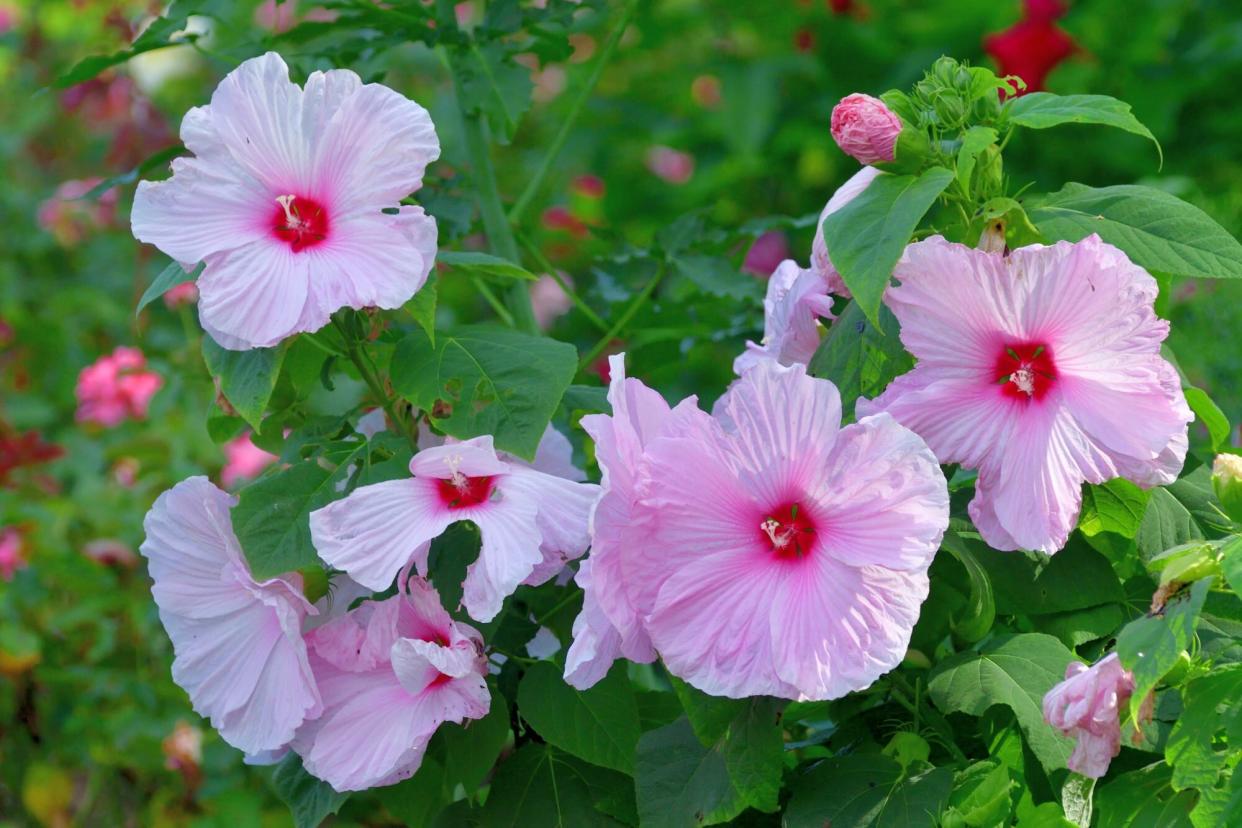
Getty Images
TABLE OF CONTENTS
On This Page
Hardy Hibiscus
Elephant's Ears
Yellow-Flag Iris
Virginia Sweetspire
Ginger Lily
Winterberry
You see it in the description of almost every plant you want to use -- "needs well-drained soil." So what if your soil isn't well-drained? What if it's soggier than the home of "Swamp People?" Will anything grow there besides duckweed? Of course. Let Grumpy enlighten you.
Hardy Hibiscus
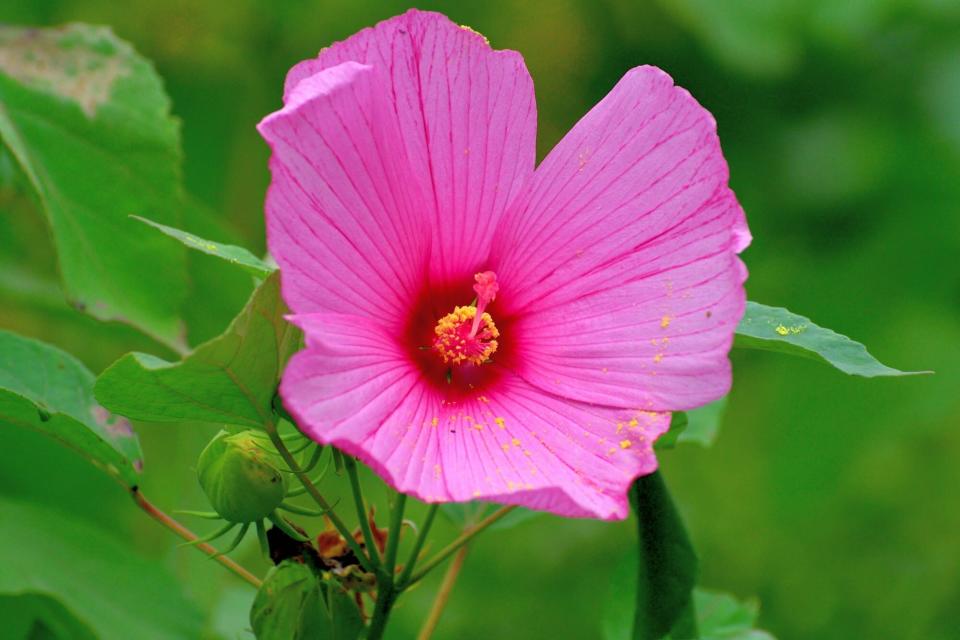
Getty Images
Many species of hibiscus like wet soil. They include hardy hibiscus (Hibiscus moscheutos), shown above, Texas star (Hibiscus coccineus), and Confederate rose (Hibiscus mutabilis). They also thrive in well-drained soil. Unfortunately, Chinese hibiscus (Hibiscus rosa-sinensis), the most popular and showiest species, requires well-drained soil. But at least, you now have options. Plant in sun.
Elephant's Ears

emElephant's-ears. Photo: FD Richards/em
It's hard to find a perennial with bigger, bolder impact than elephant's-ear (Colocasia esculenta). You'll often see it in perennial beds and containers, but it also grows with its roots in standing water. I've seen drainage ditches in Louisiana filled with elephant's-ear. I've seen them filled with lots of other stuff, too, but let's not talk about that.
Yellow-Flag Iris
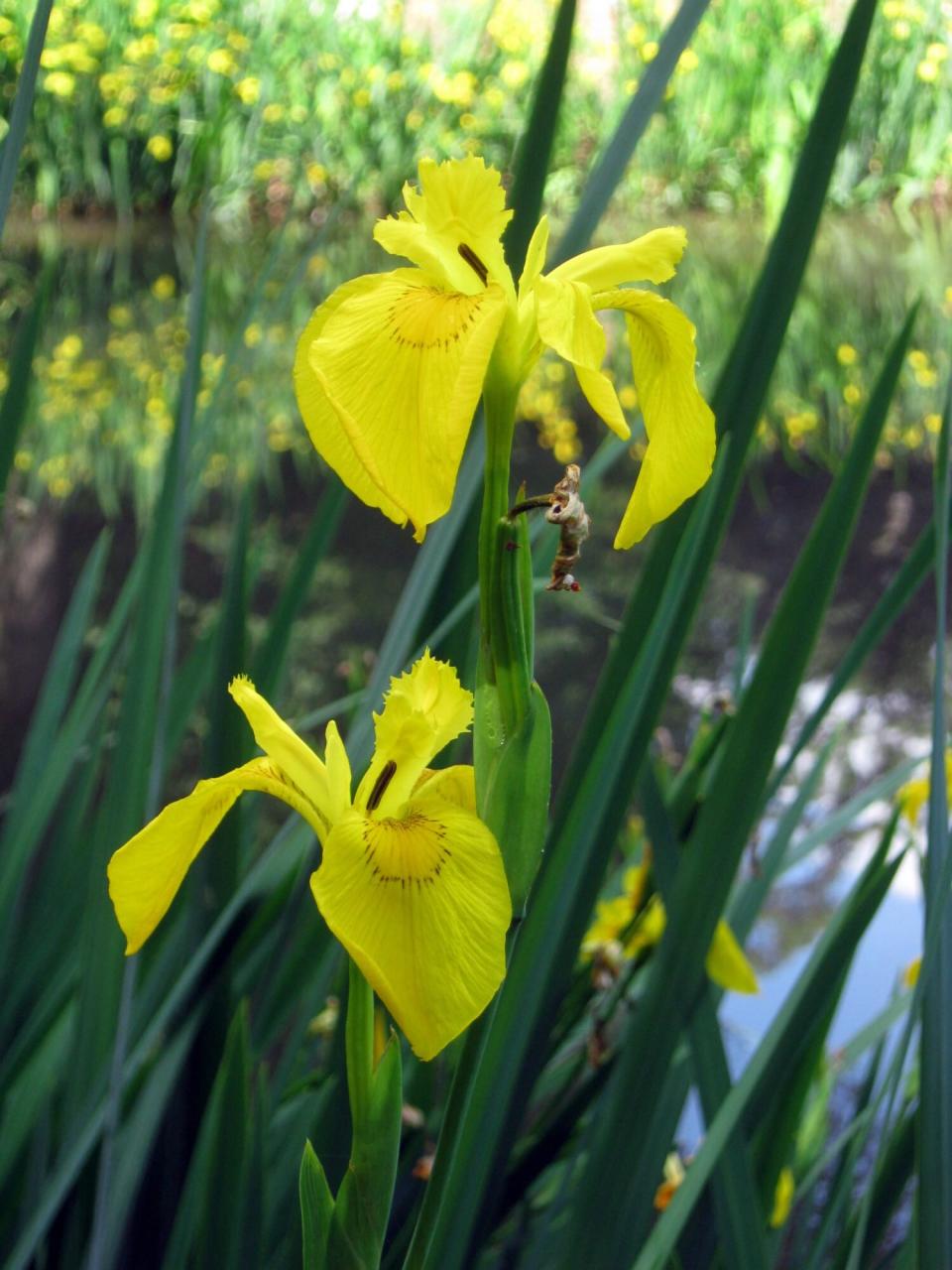
emYellow-flag iris. Photo: Steve Bender/em
Most of you are probably familiar with bearded iris, those beautiful perennials that bloom in a rainbow of colors in spring. They need well-drained soil. Not all irises do. For example, yellow-flag iris (Iris pseudacorus) prefers wet soil. At Southern Living, years ago we planted a single clump on the edge of our big pond.
Those first plants started dropping seed into the water that floated across to settle in the shallow water around the edges. Now yellow-flag rings the entire pond. As its name implies, its showy spring blooms are butter yellow. Other irises for wet soil include Japanese iris (Iris ensata), blue-flag (Iris versicolor), and hybrid Louisiana iris. Plant in sun.
Virginia Sweetspire
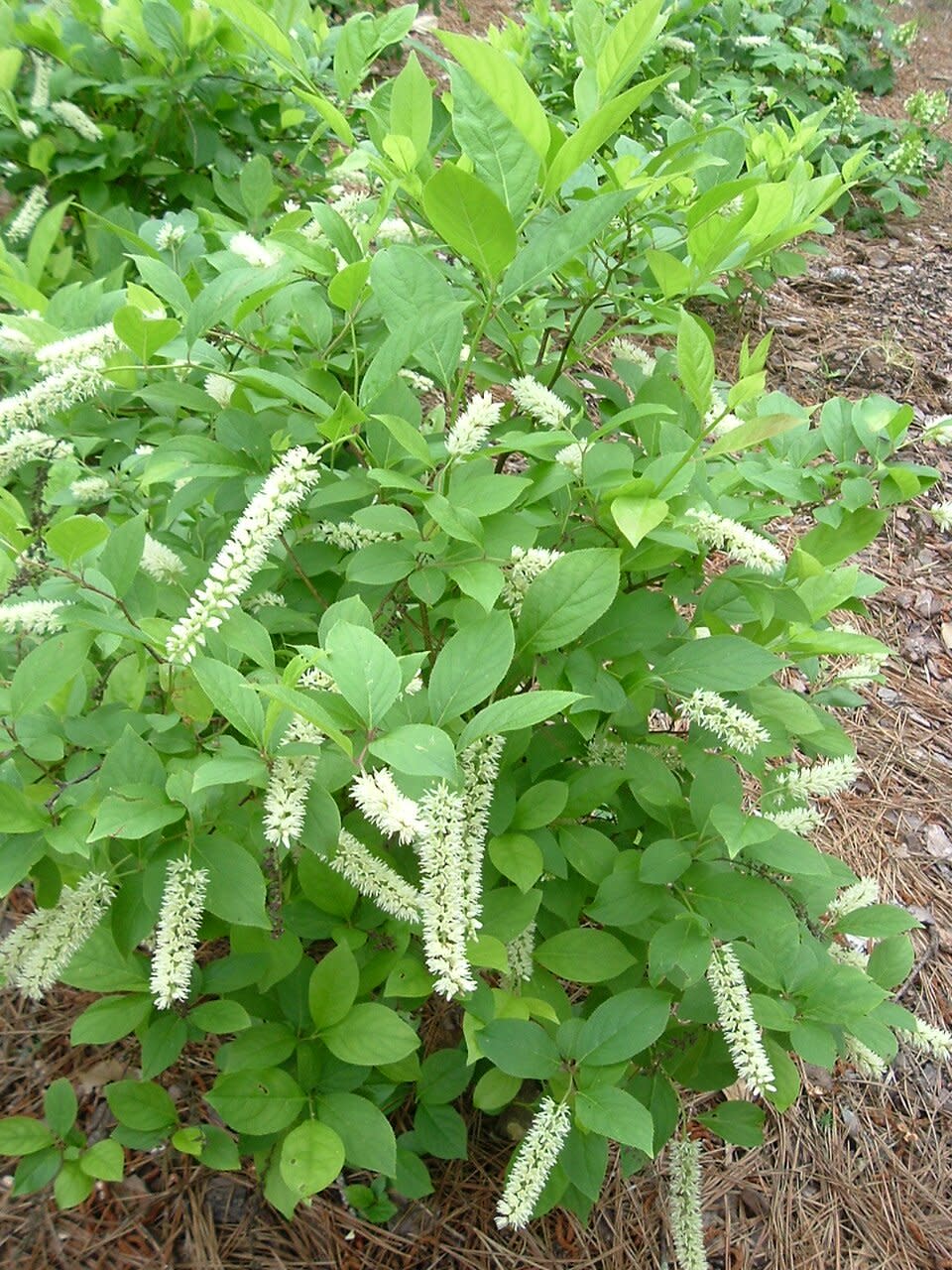
emVirginia sweetspire. Photo: Steve Bender/em
If you don't know about Virginia sweetspire (Itea virginica), you need to. Native to the eastern U.S., this shrub combines white, sweetly fragrant spring or early summer flowers with red and burgundy fall foliage. Although it grows just fine in well-drained soil, it loves wet soil, where it will quickly spread to form colonies. 'Henry's Garnet' grows 3 to 4 feet tall. 'Little Henry' reaches just 2 feet tall. Plant in full to partial sun.
Ginger Lily

emCommon ginger lily. Photo: Steve Bender/em
Common ginger lily (Hedychium coronanarium), aka "butterfly ginger," is a classic Southern passalong prized for the powerful sweet scent of its white, late summer blooms. It likes constantly moist soil and spreads to form colonies. Flowers appear atop spires of handsome foliage that stand 3 to 7 feet tall. It's easy to divide and share, which is why it's a great passalong. Plant in sun or light shade.
Winterberry
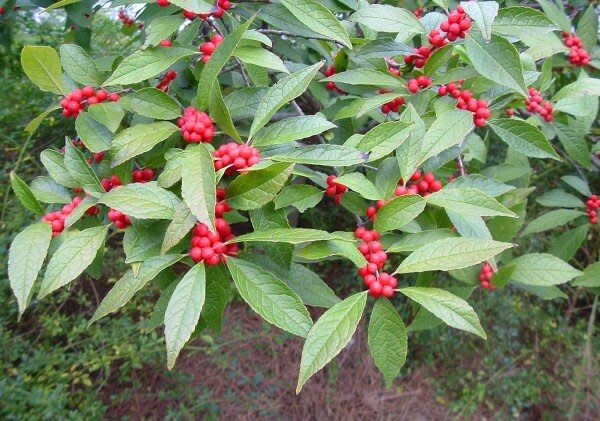
emWinterberry in late summer. Photo: Steve Bender/em
Most hollies can't stand wet soil, but winterberry (Ilex verticillata) loves it. It grows fine in regular soil too. It's the showiest of all hollies in winter, because it drops its leaves to reveal branches studded with hundreds of bright red berries that glow like sparks. Winterberry has both male and female plants; only females produce berries. One male will pollinate about six females (tough job). 'Winter Red' is the finest female selection; pollinate it with the male 'Southern Gentleman.' Expect these shrubs to grow 6 to 8 feet tall and wide. Plant in full to partial sun.